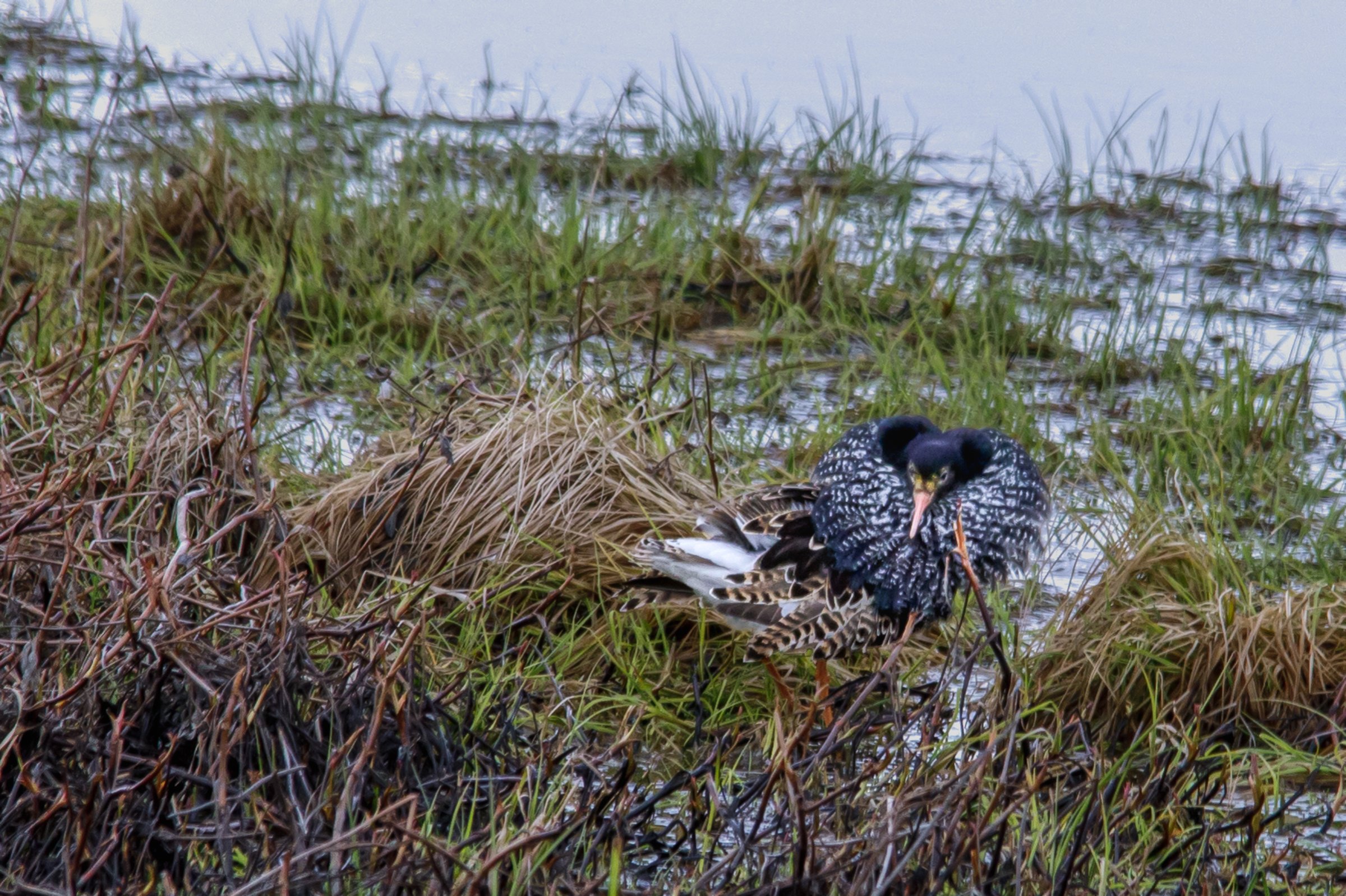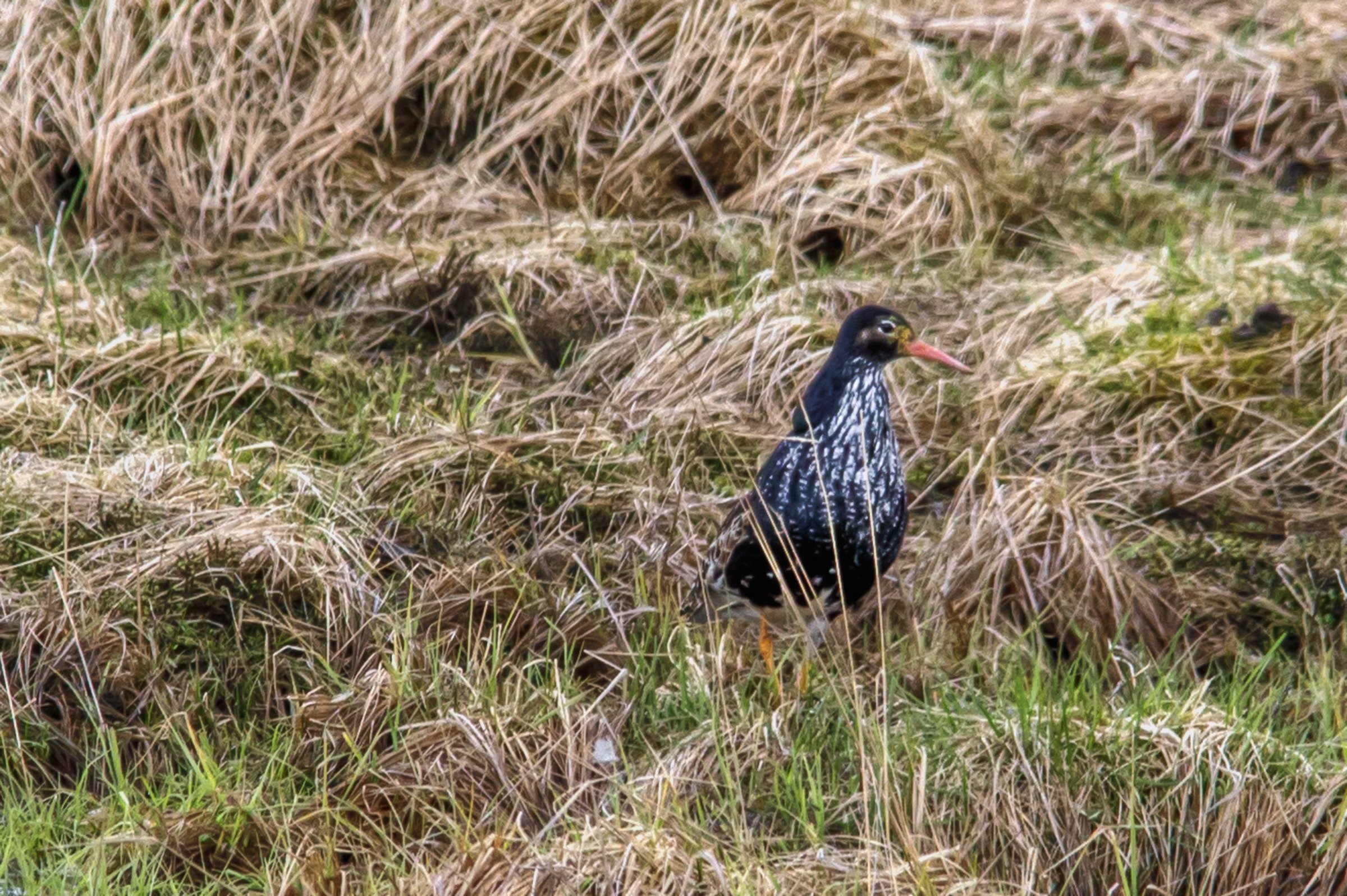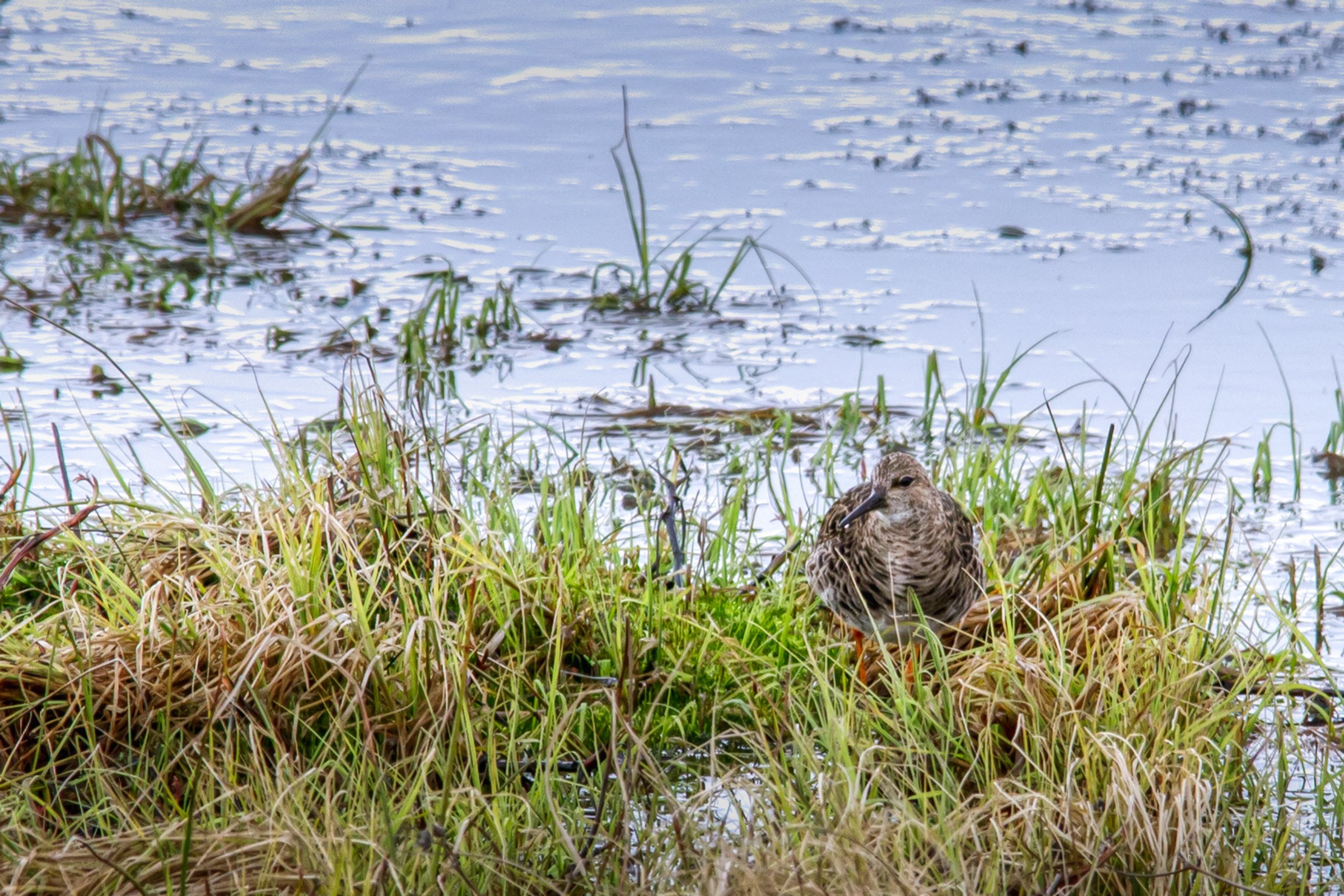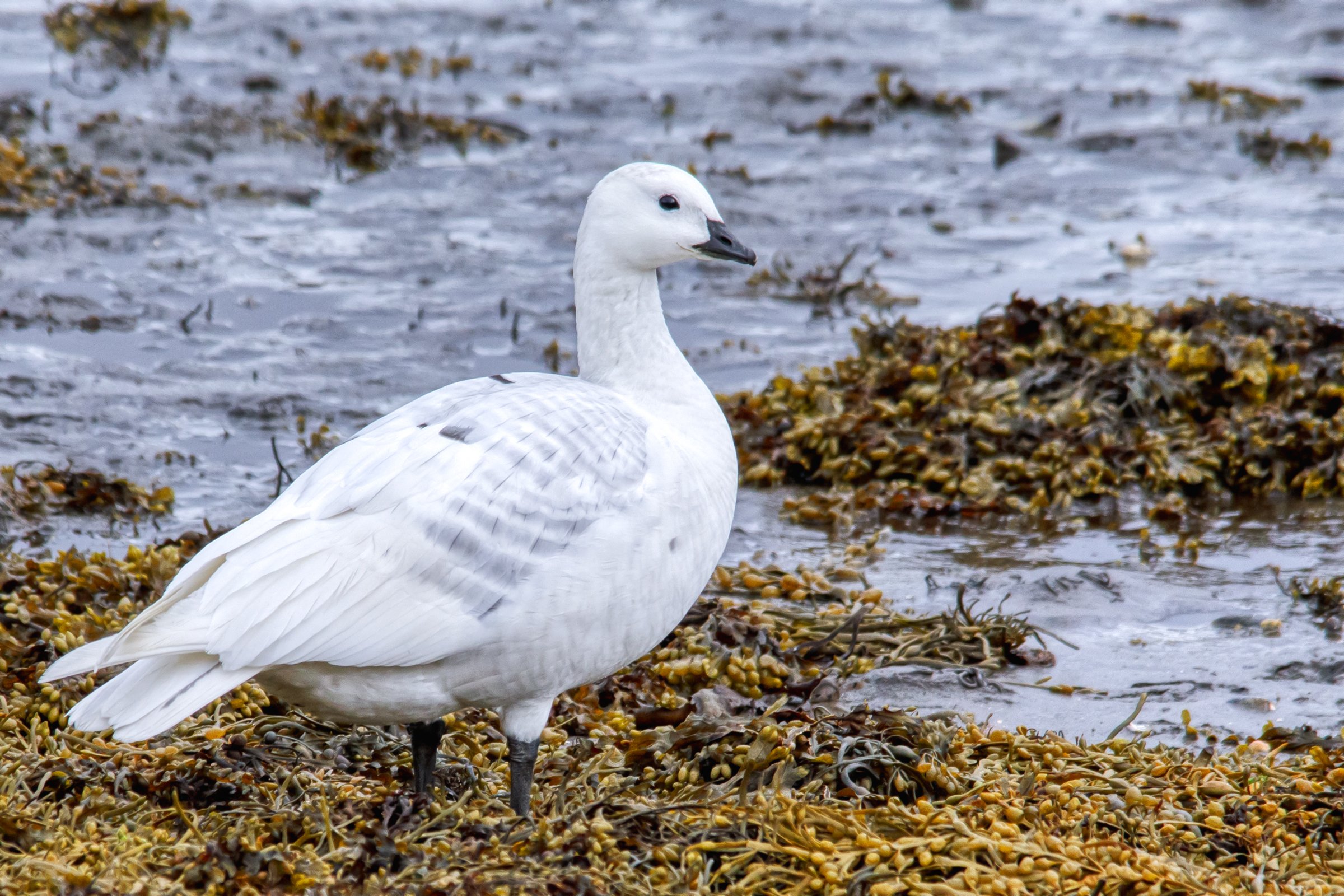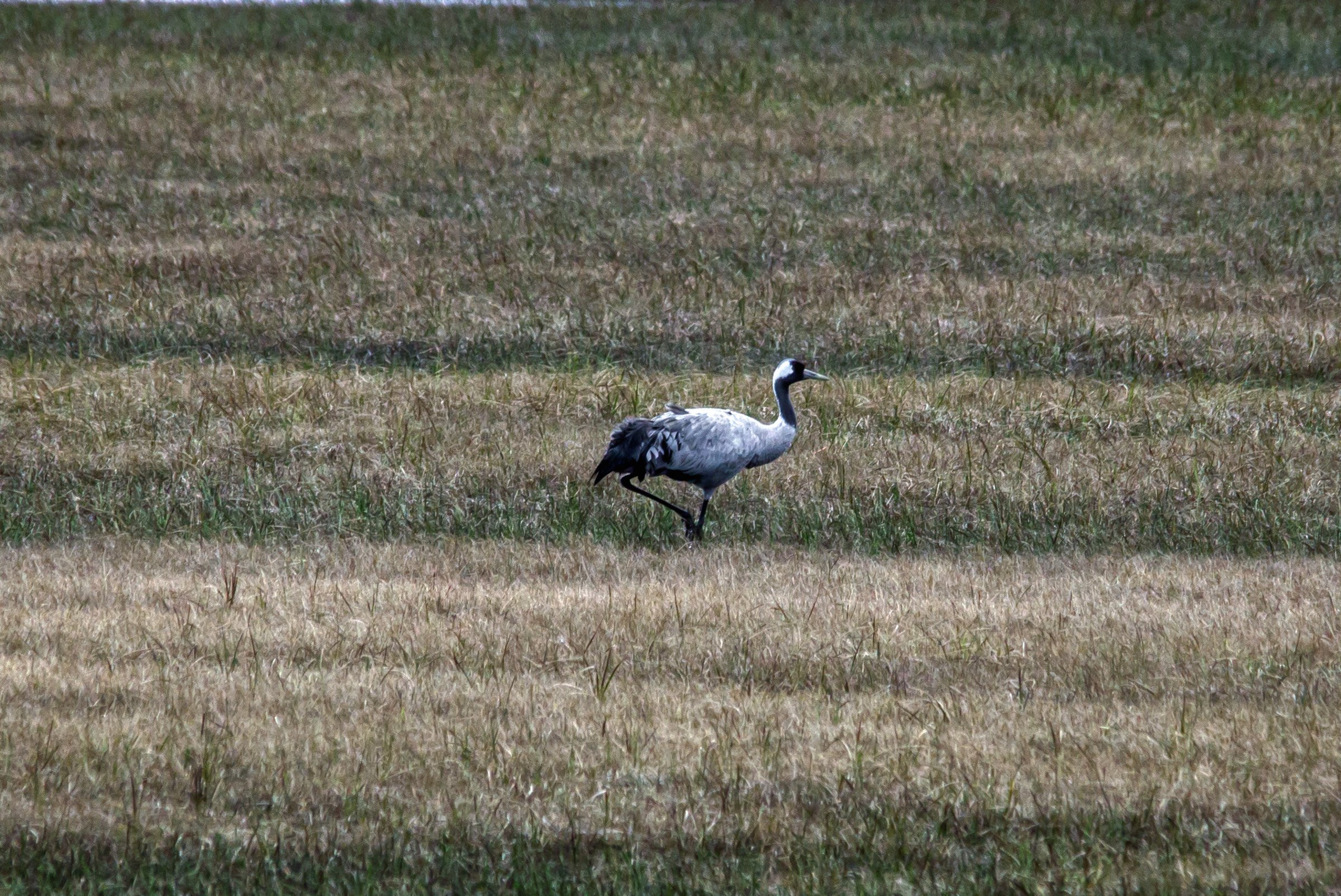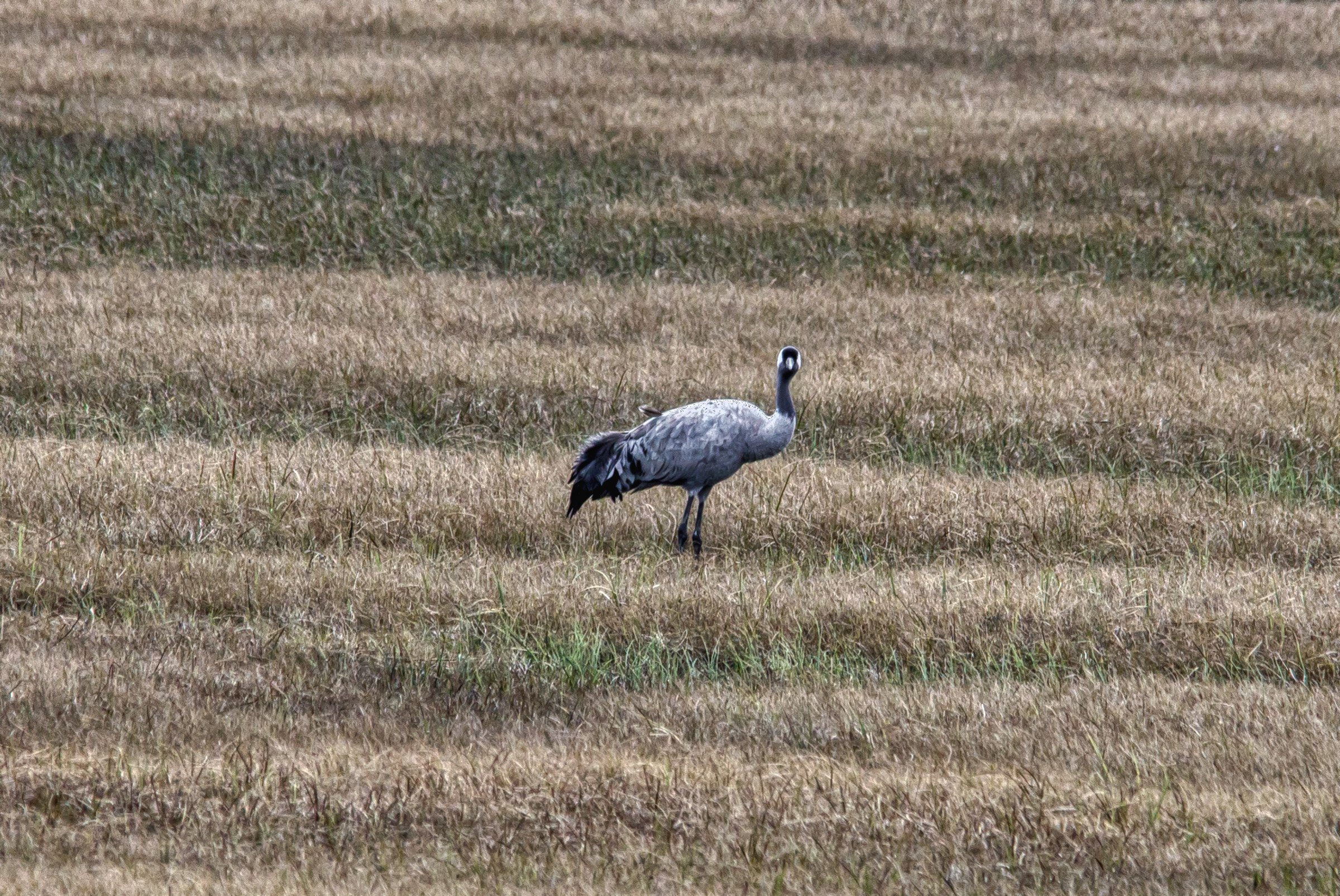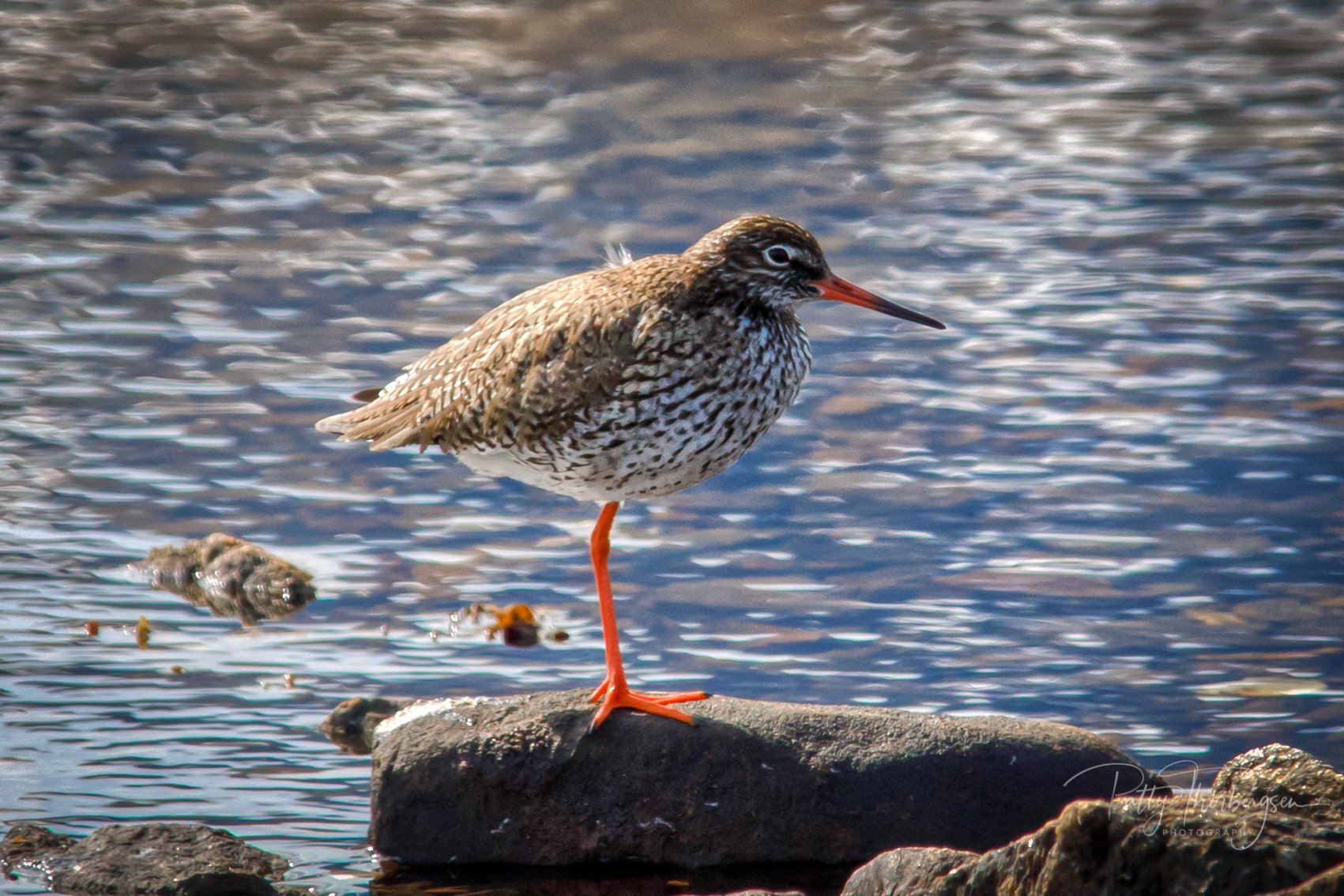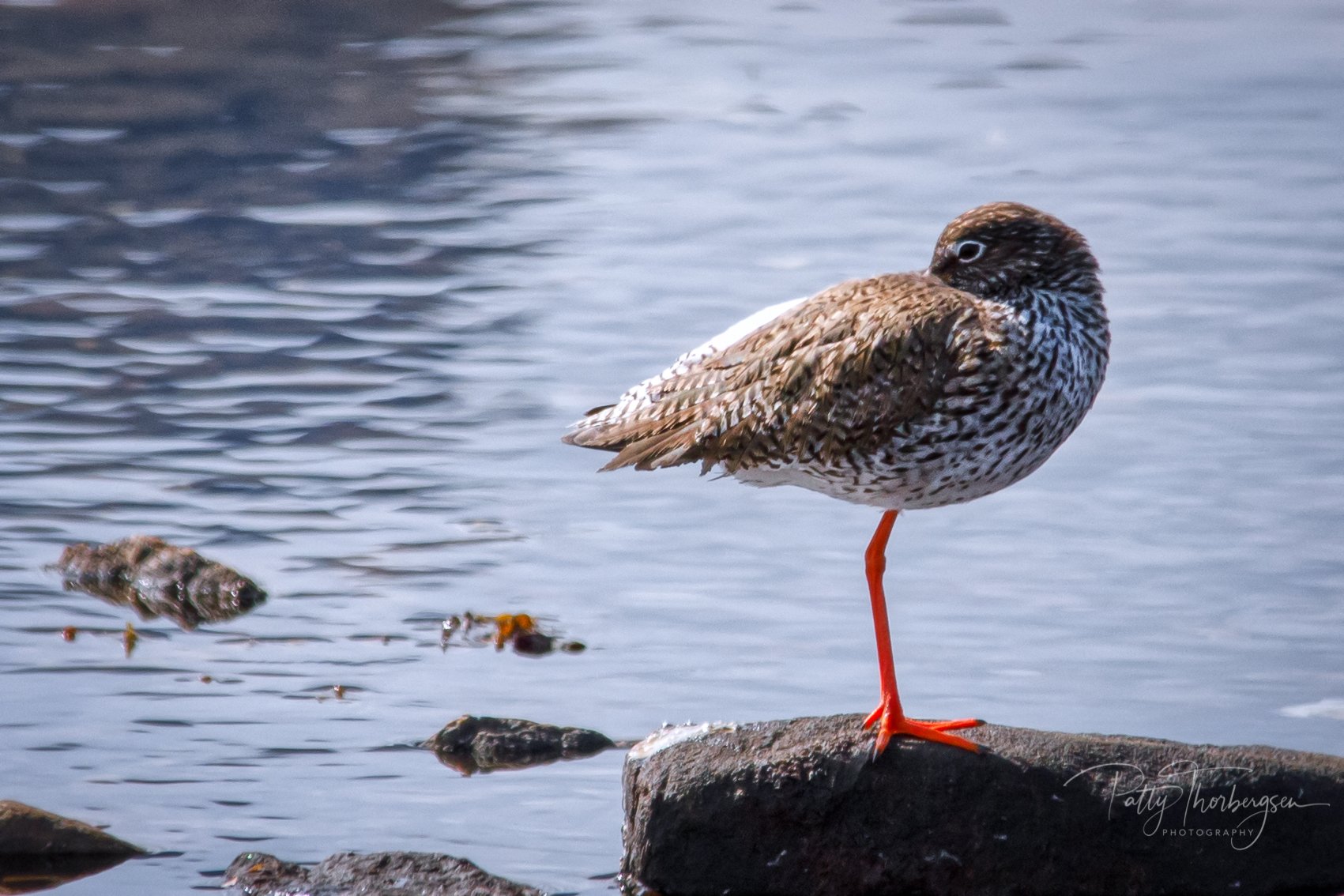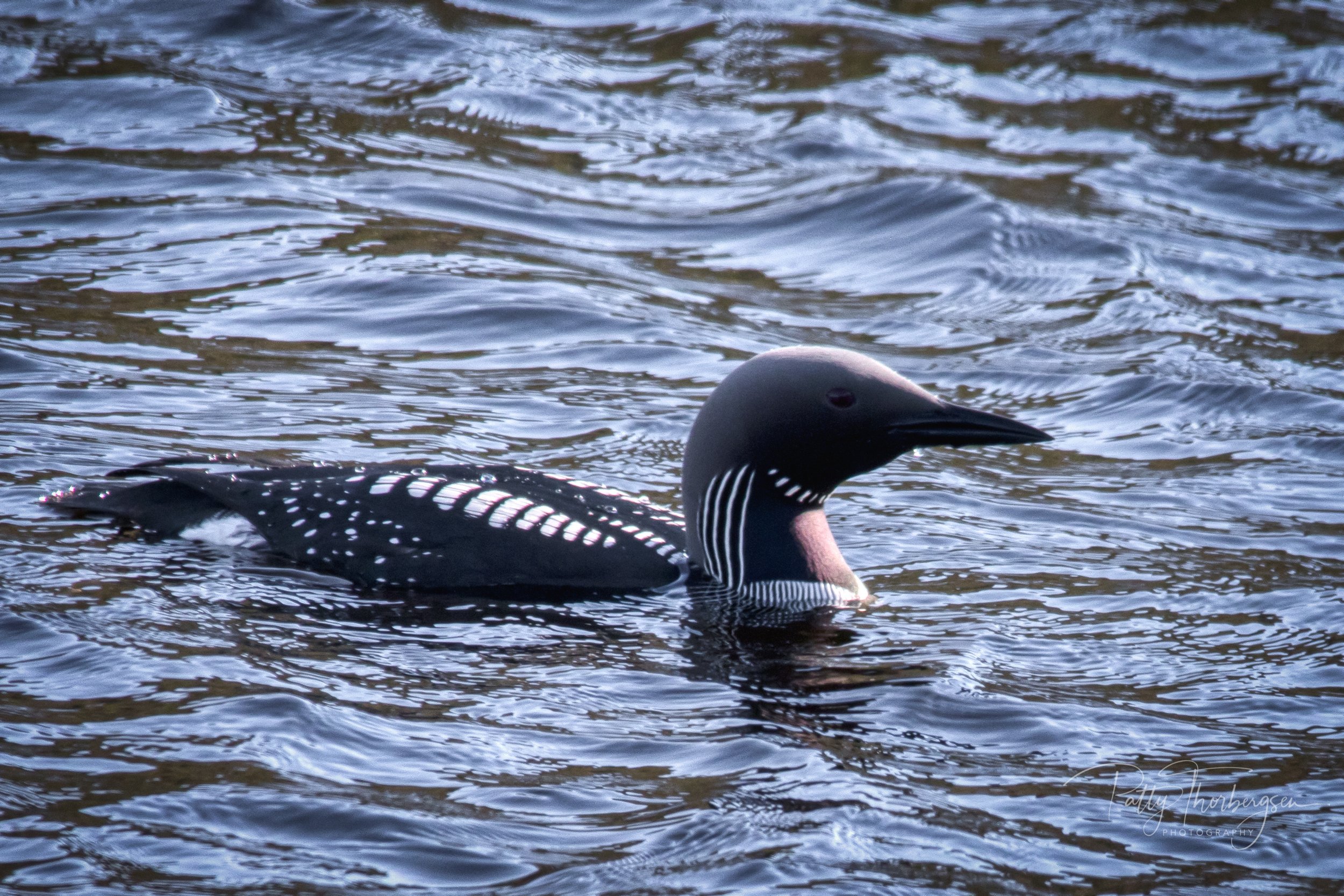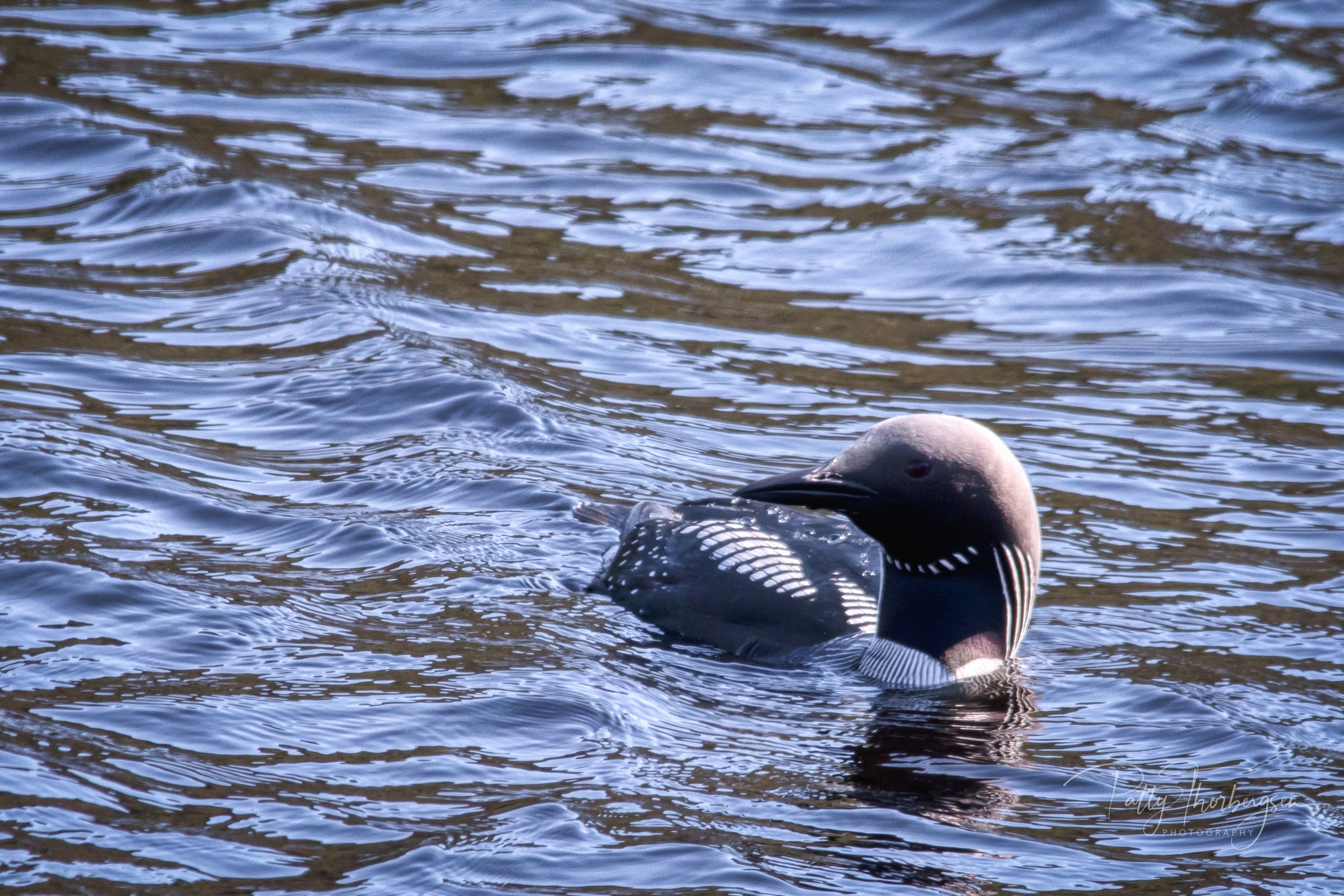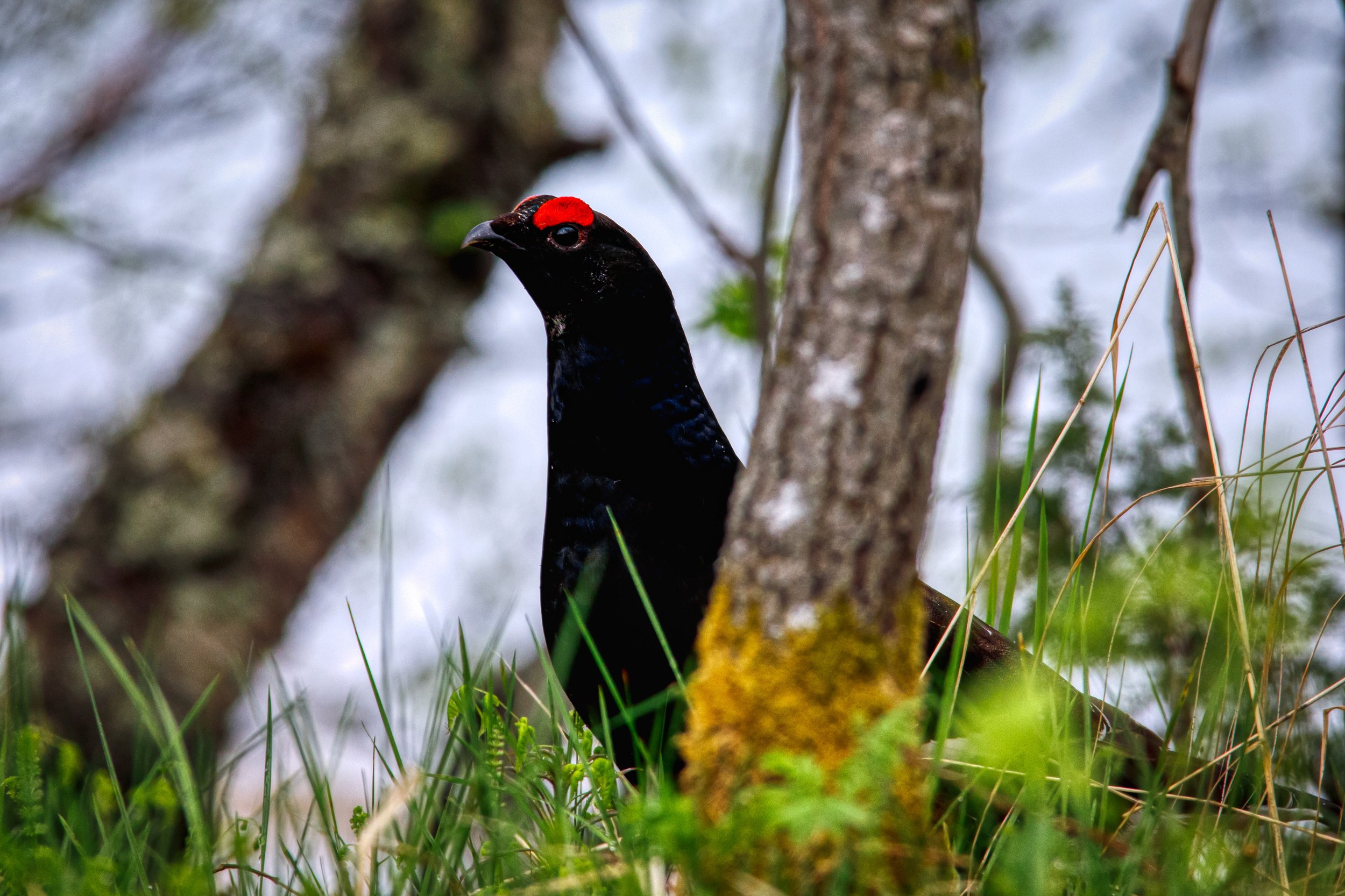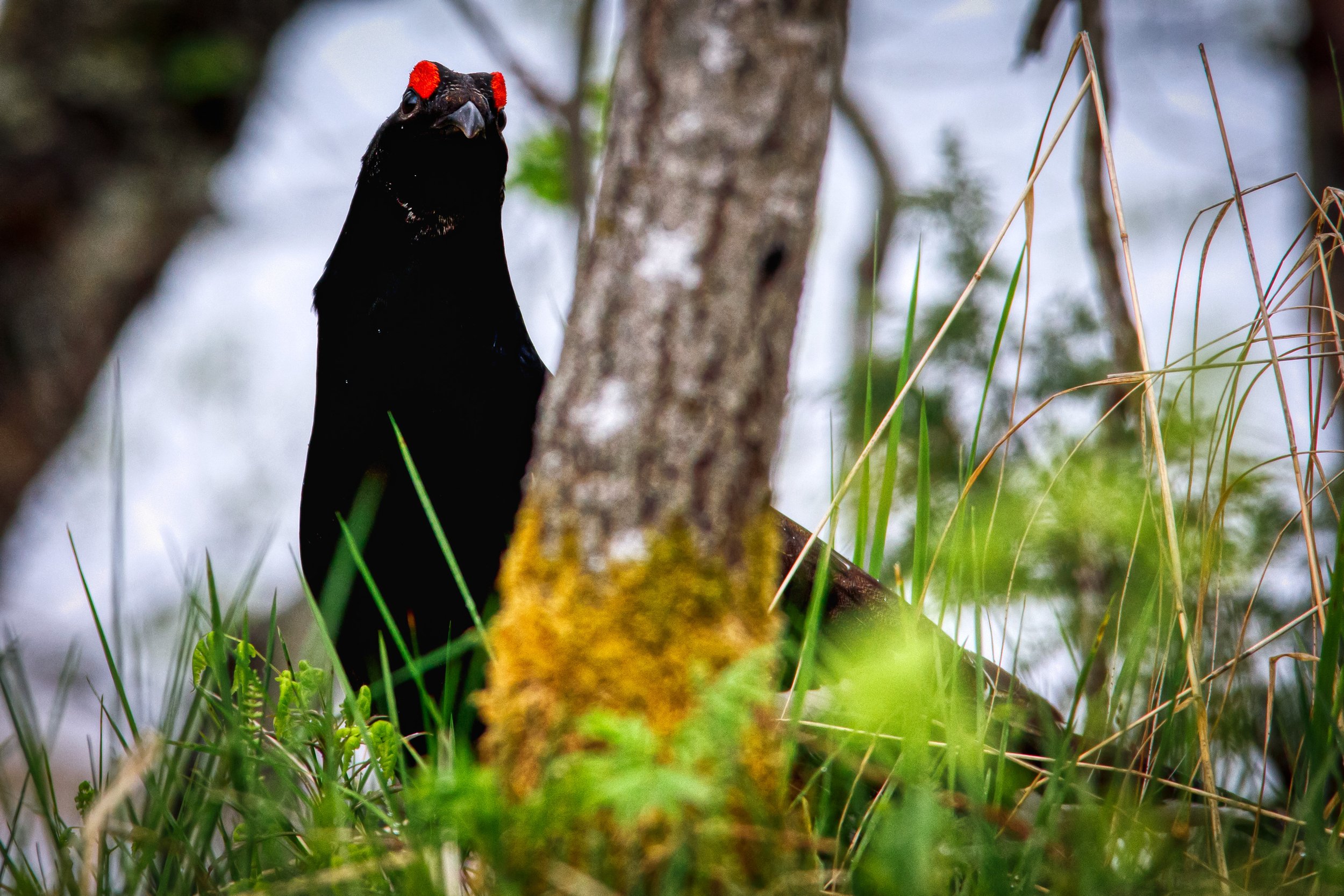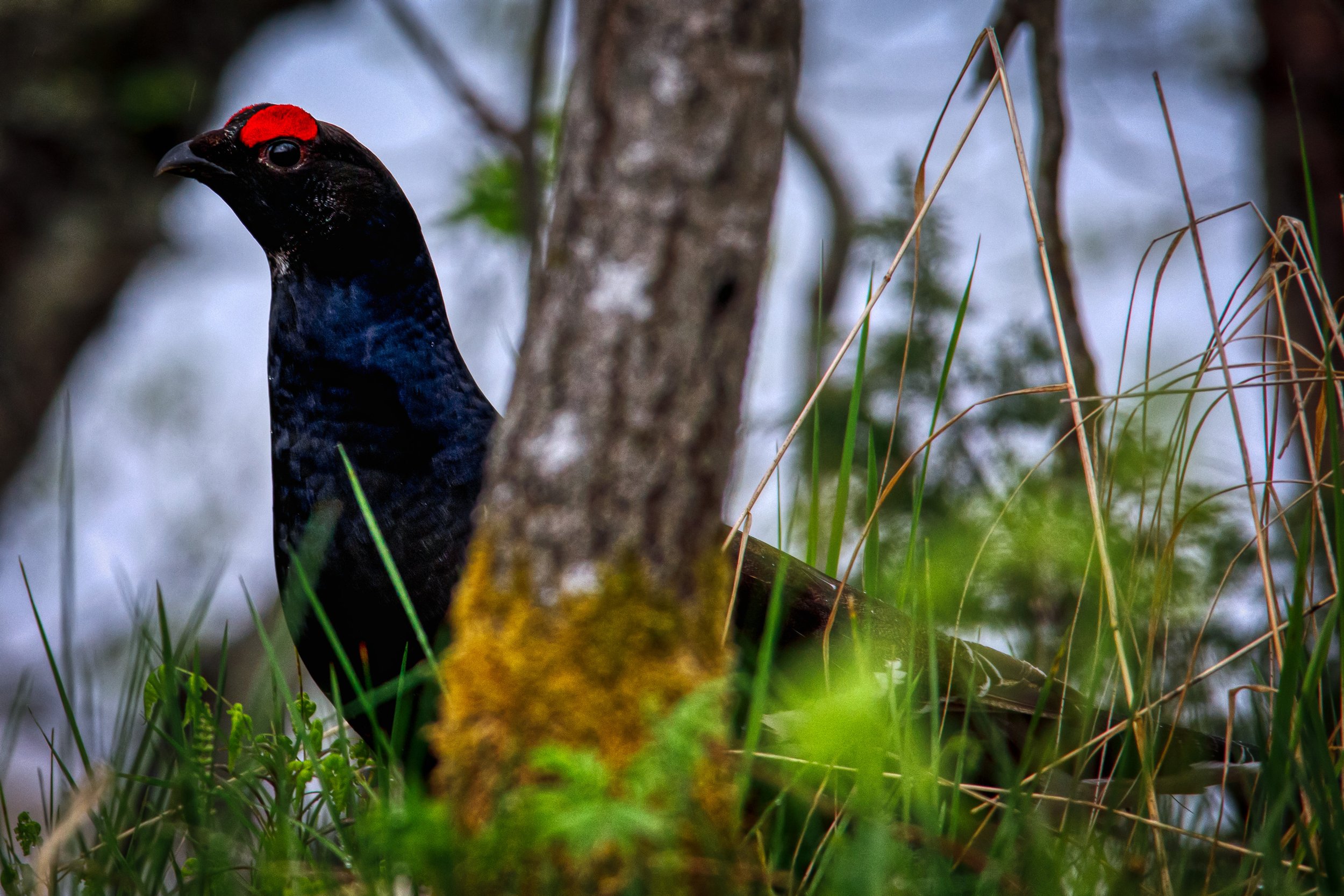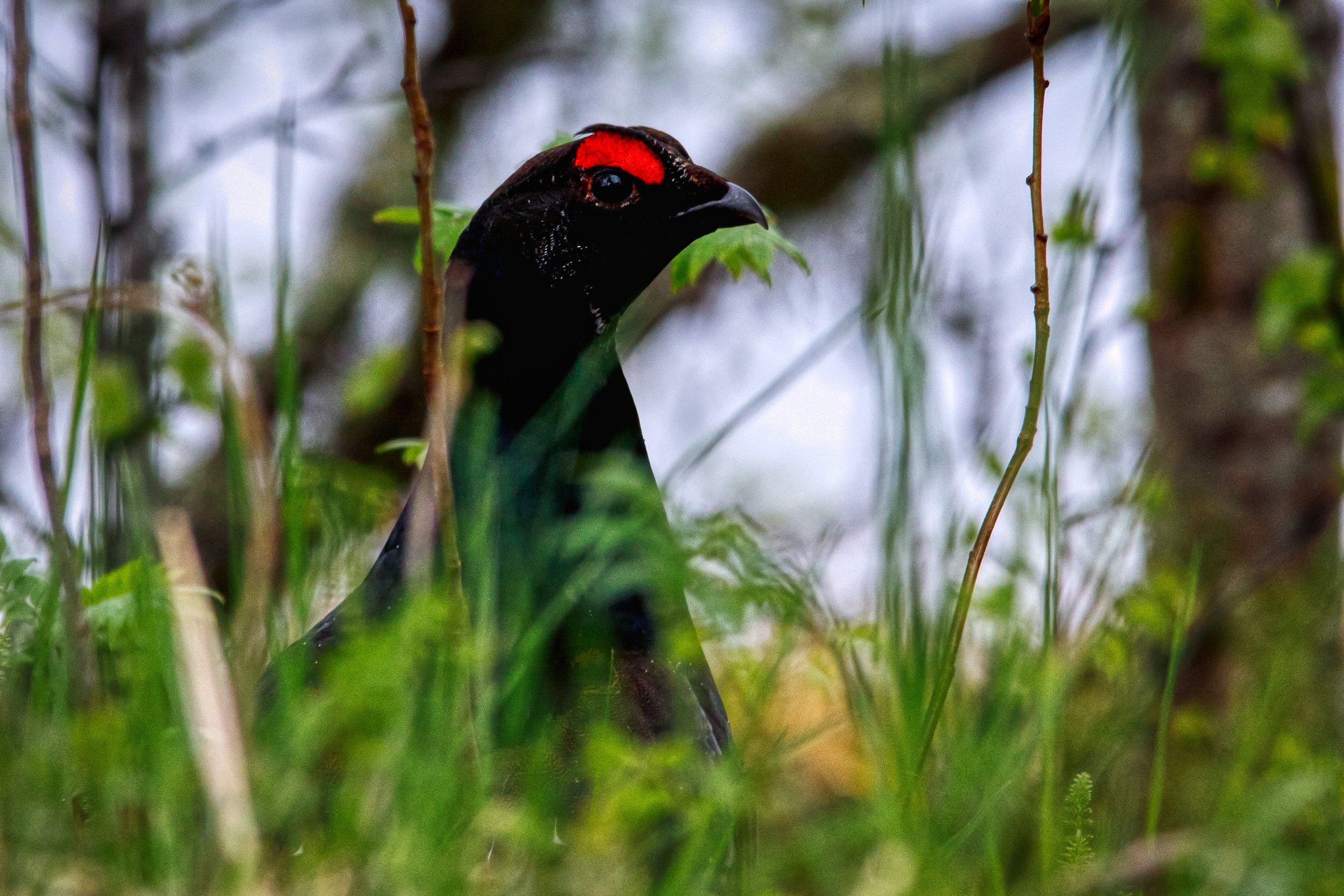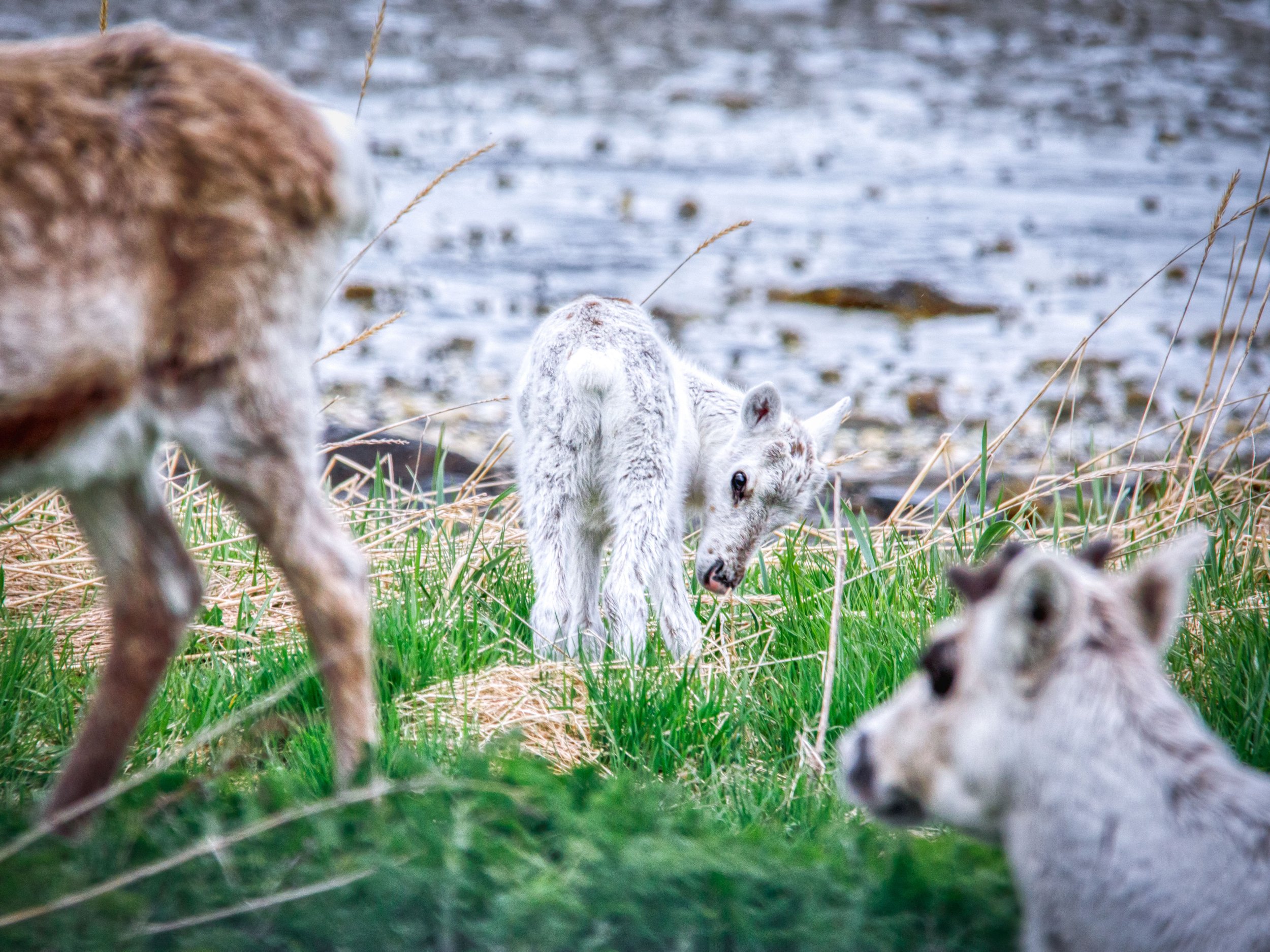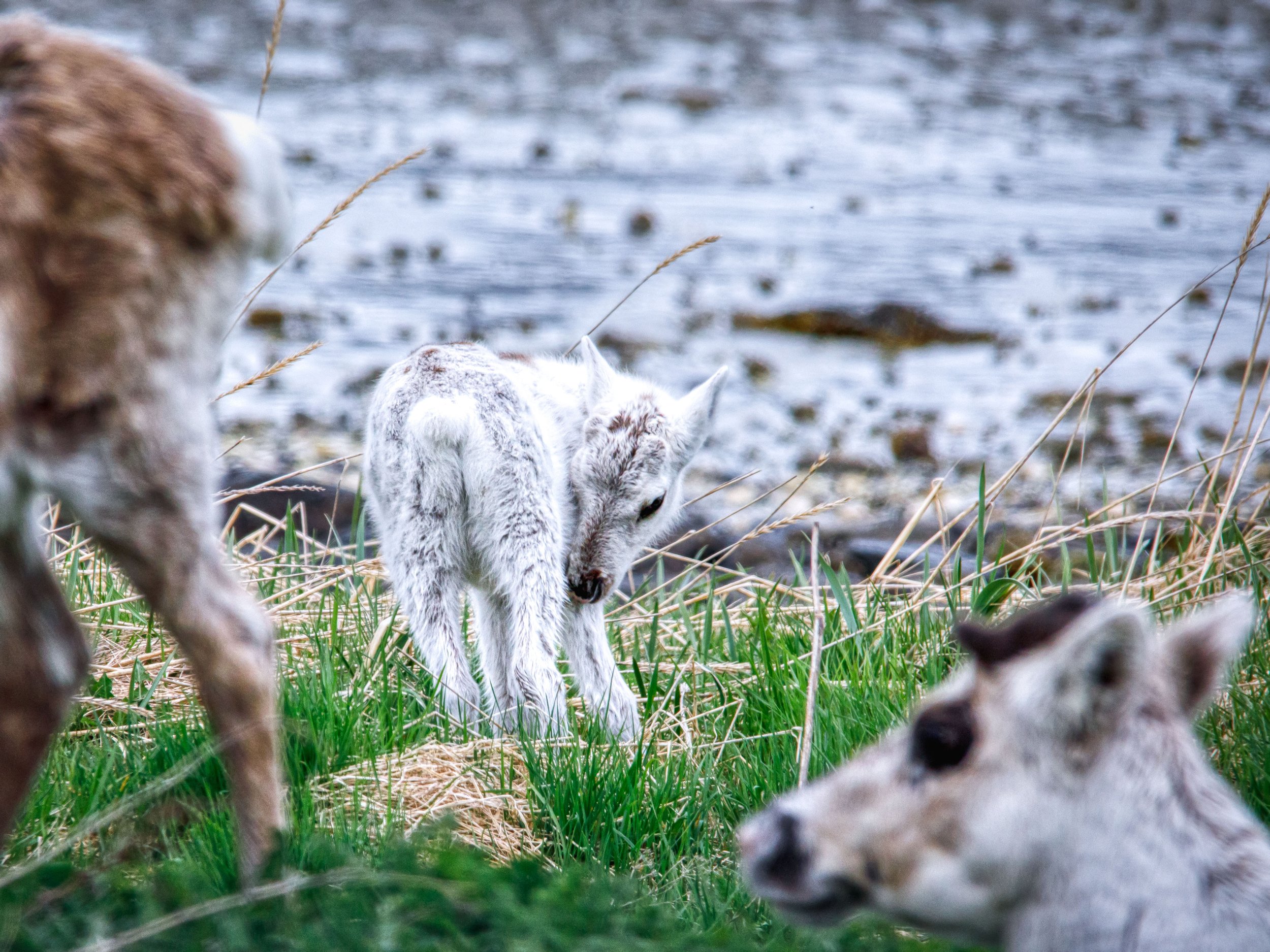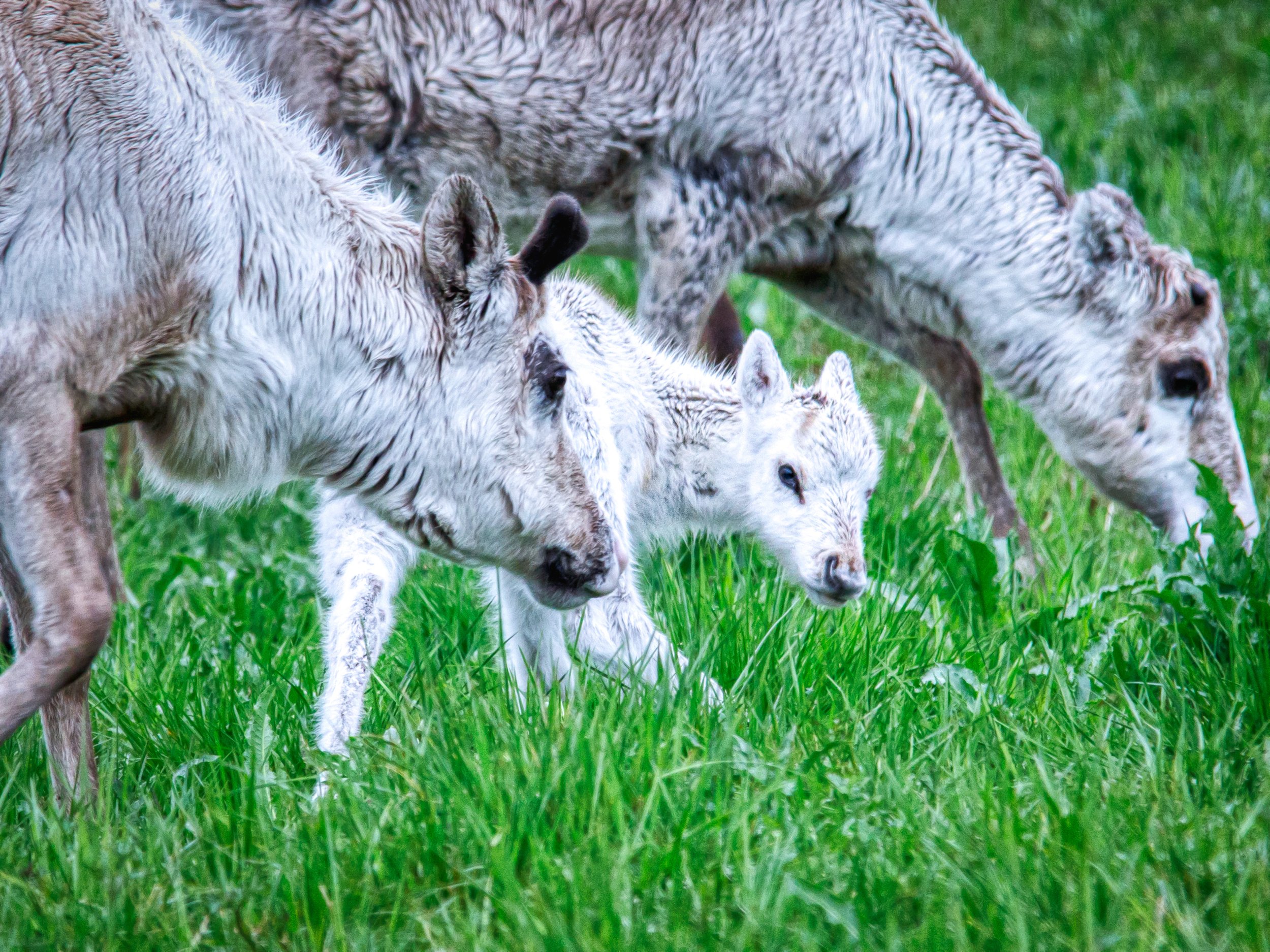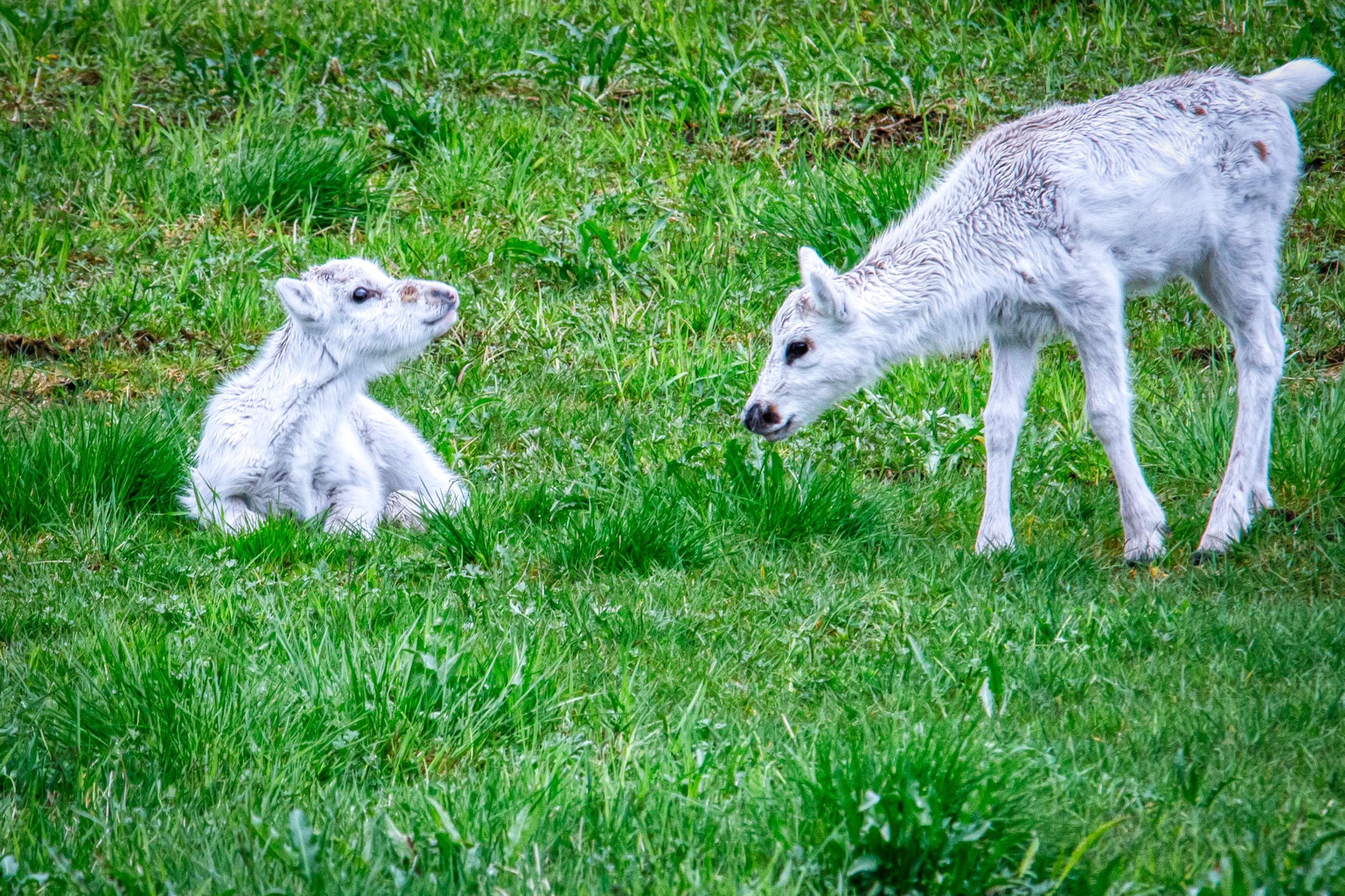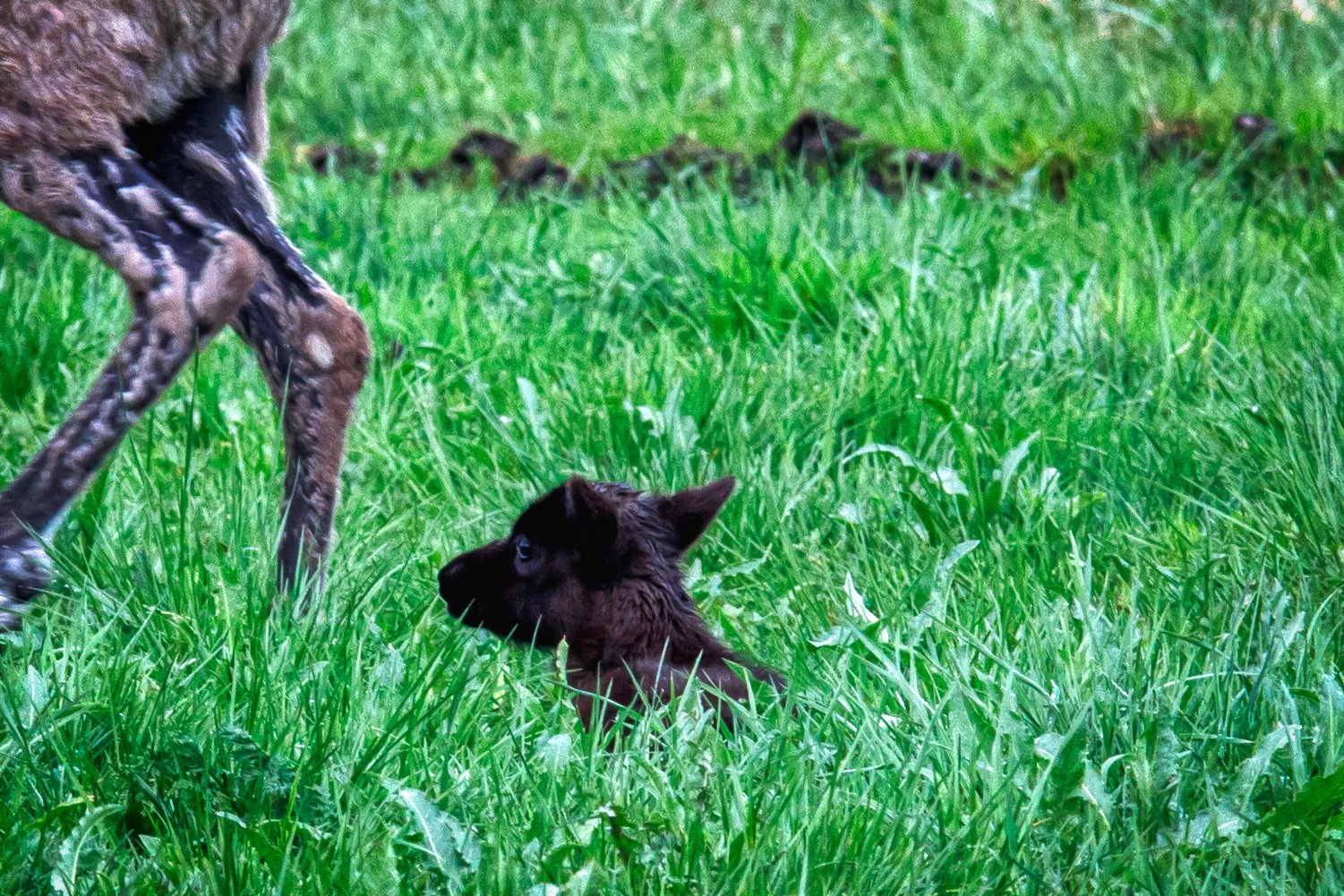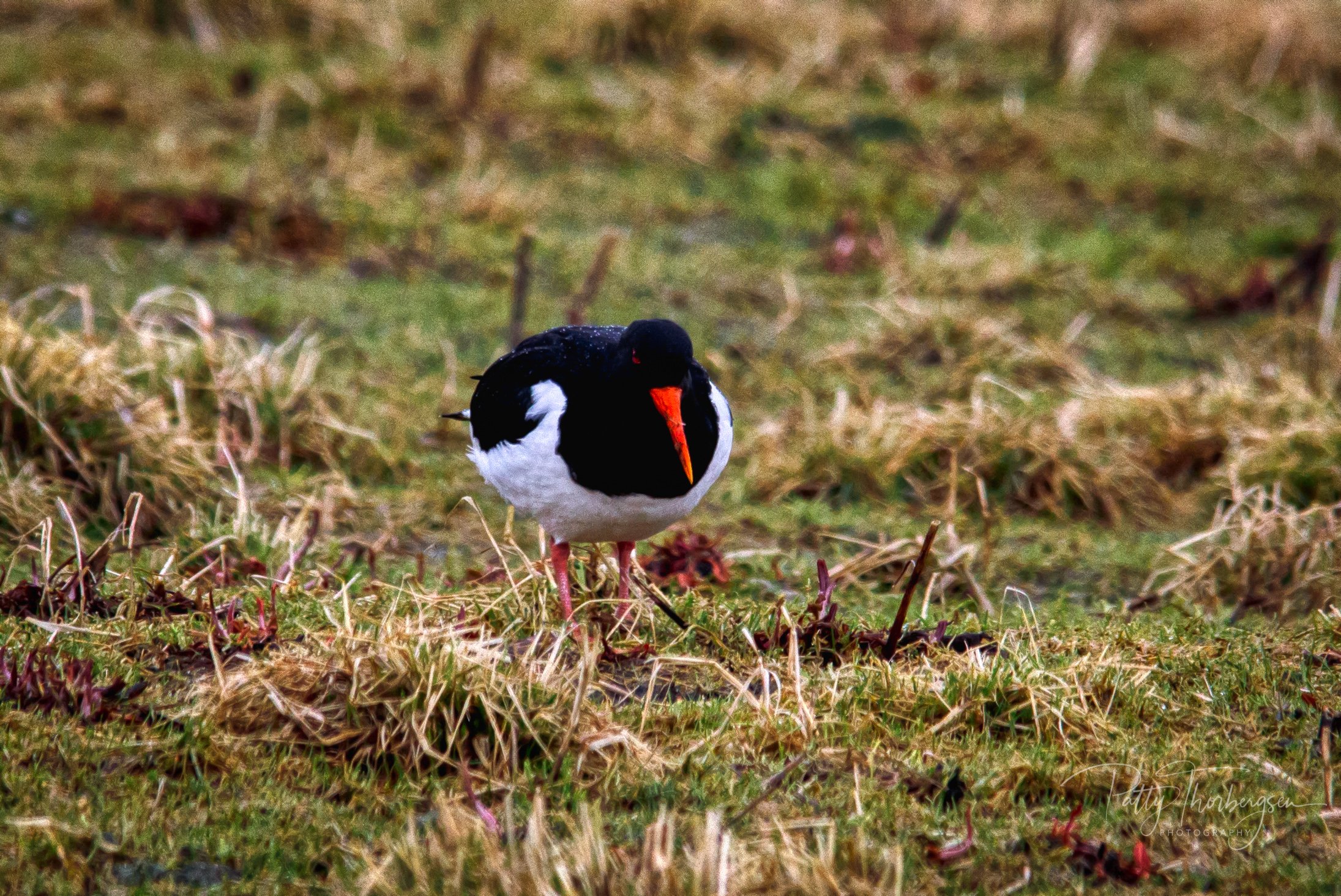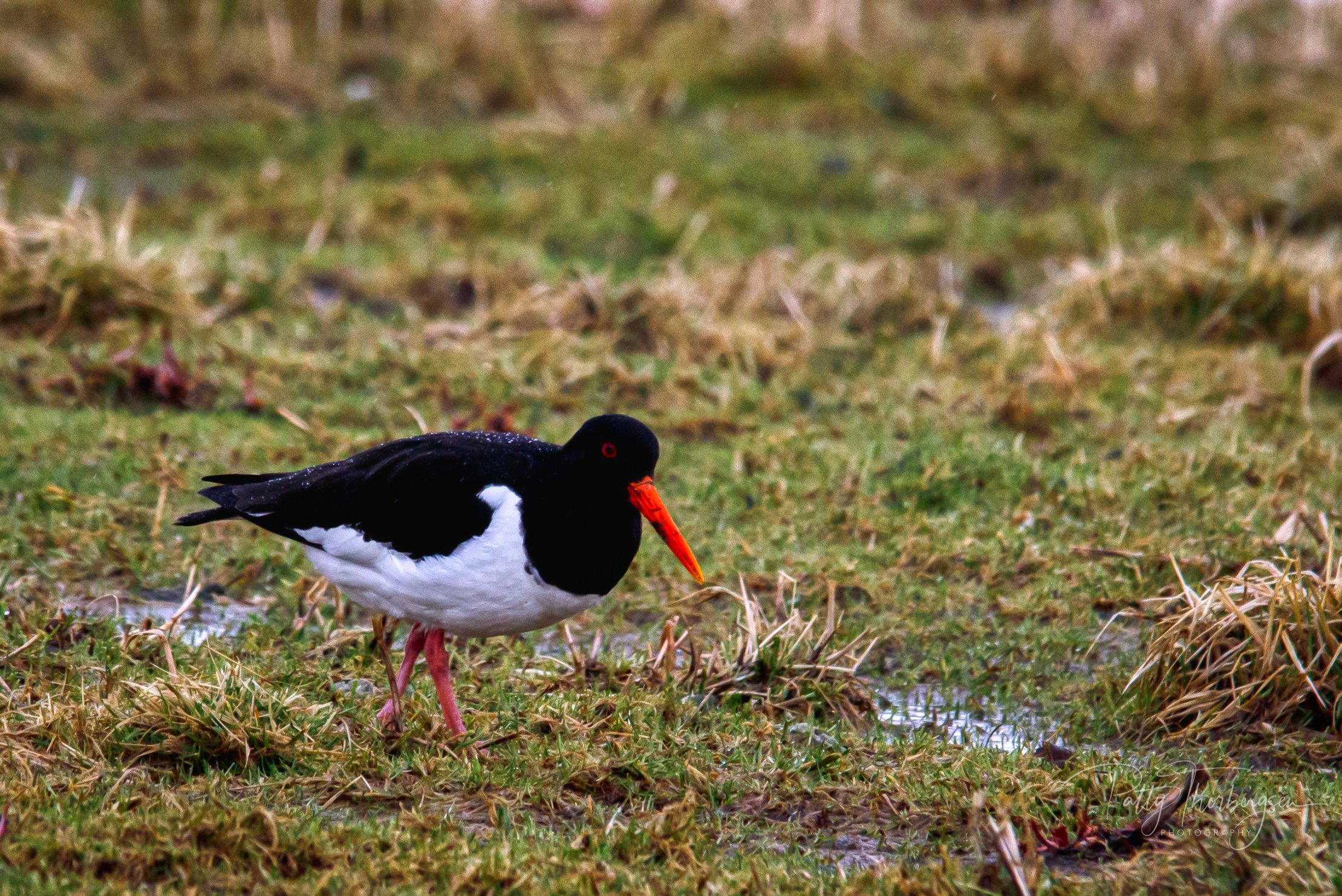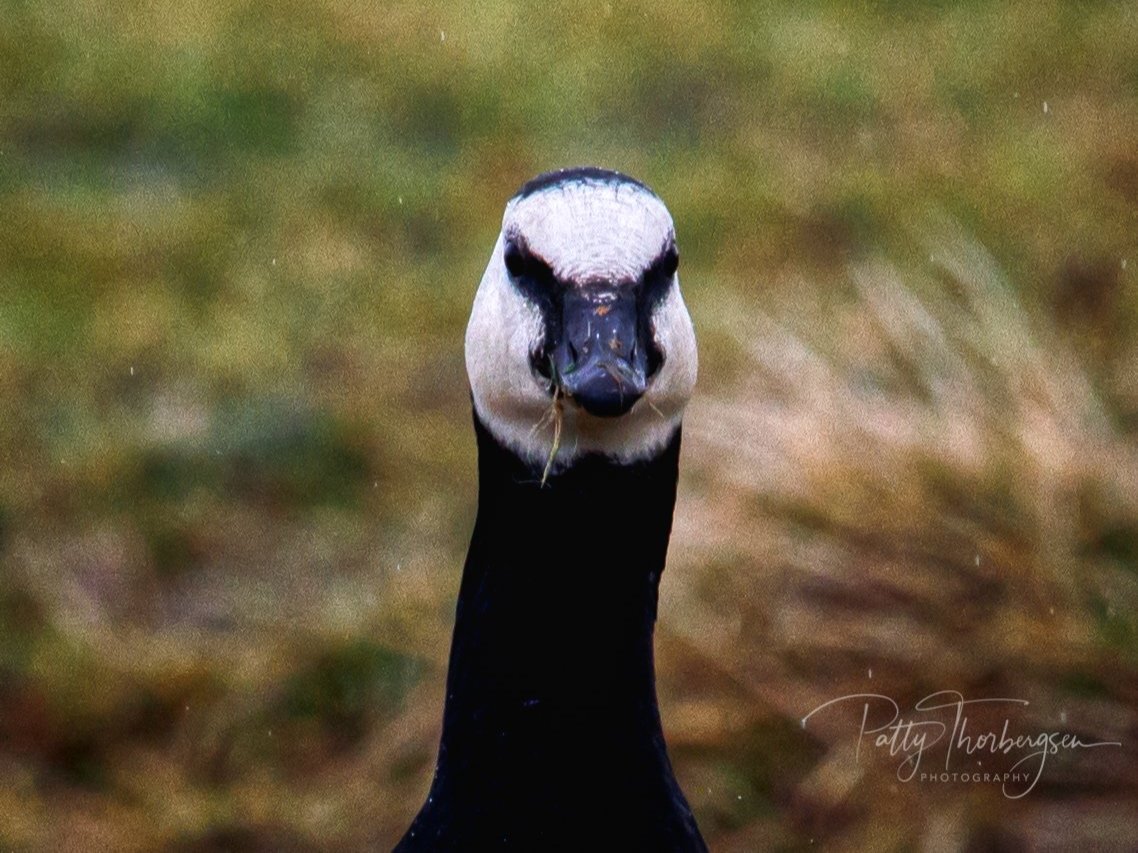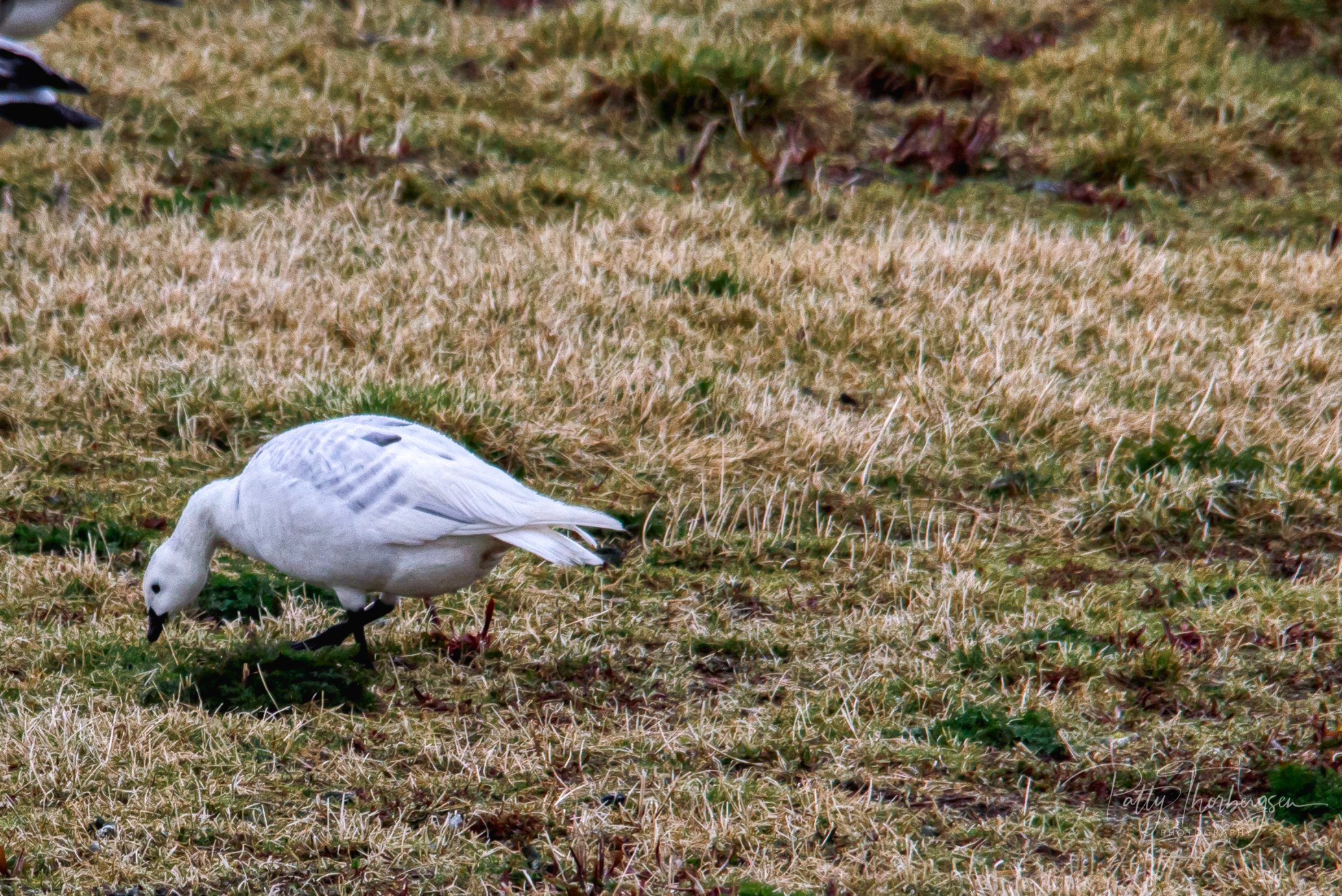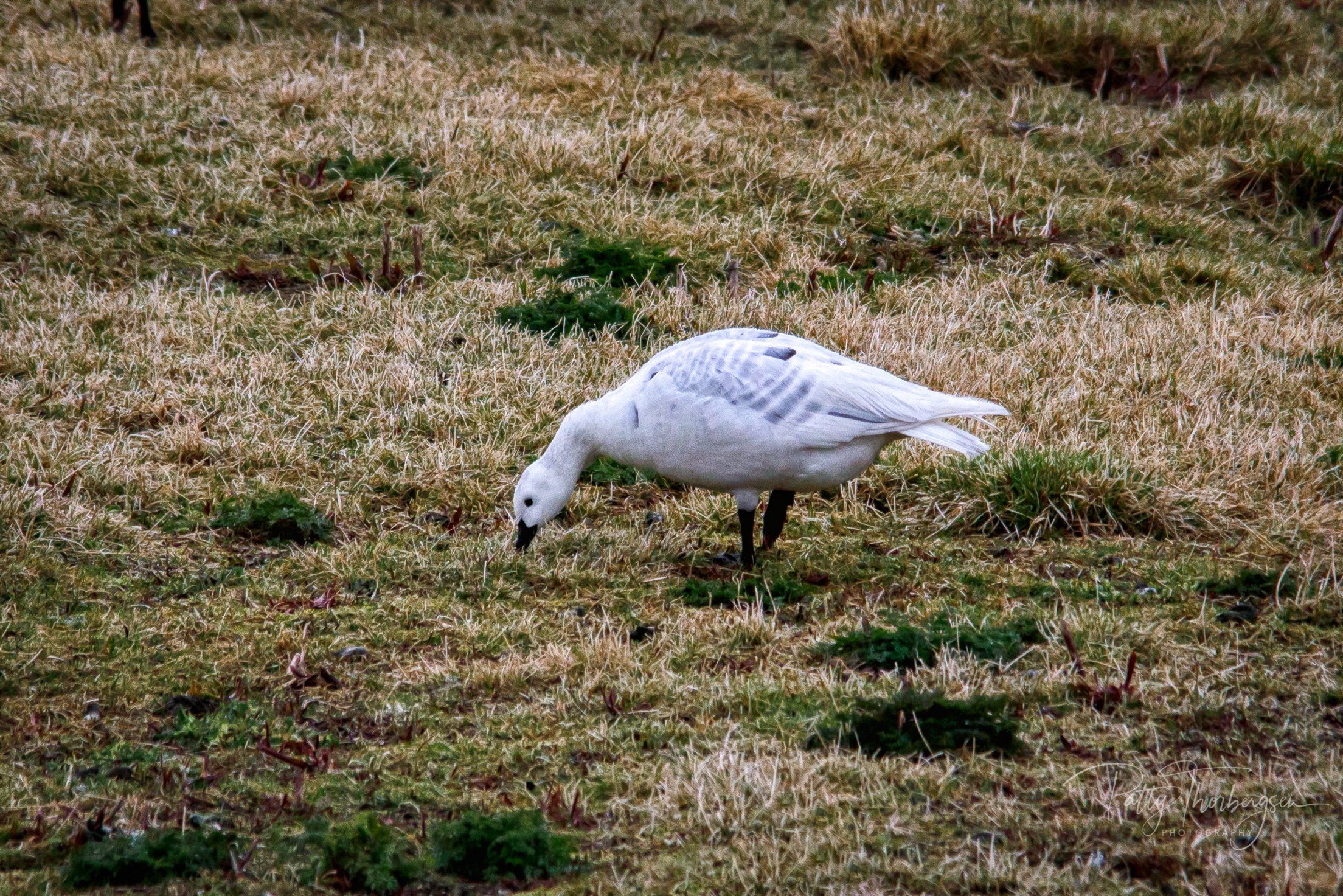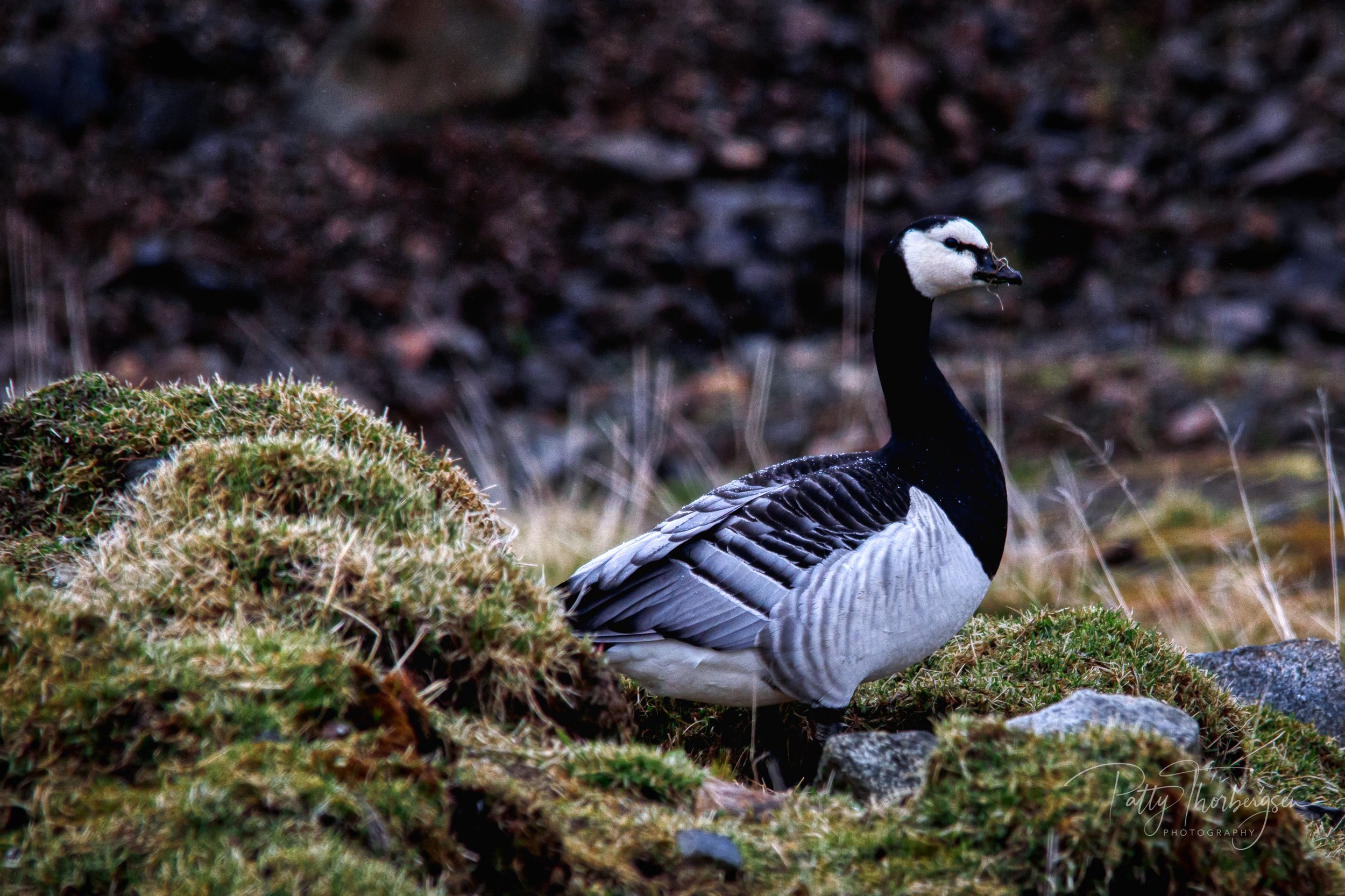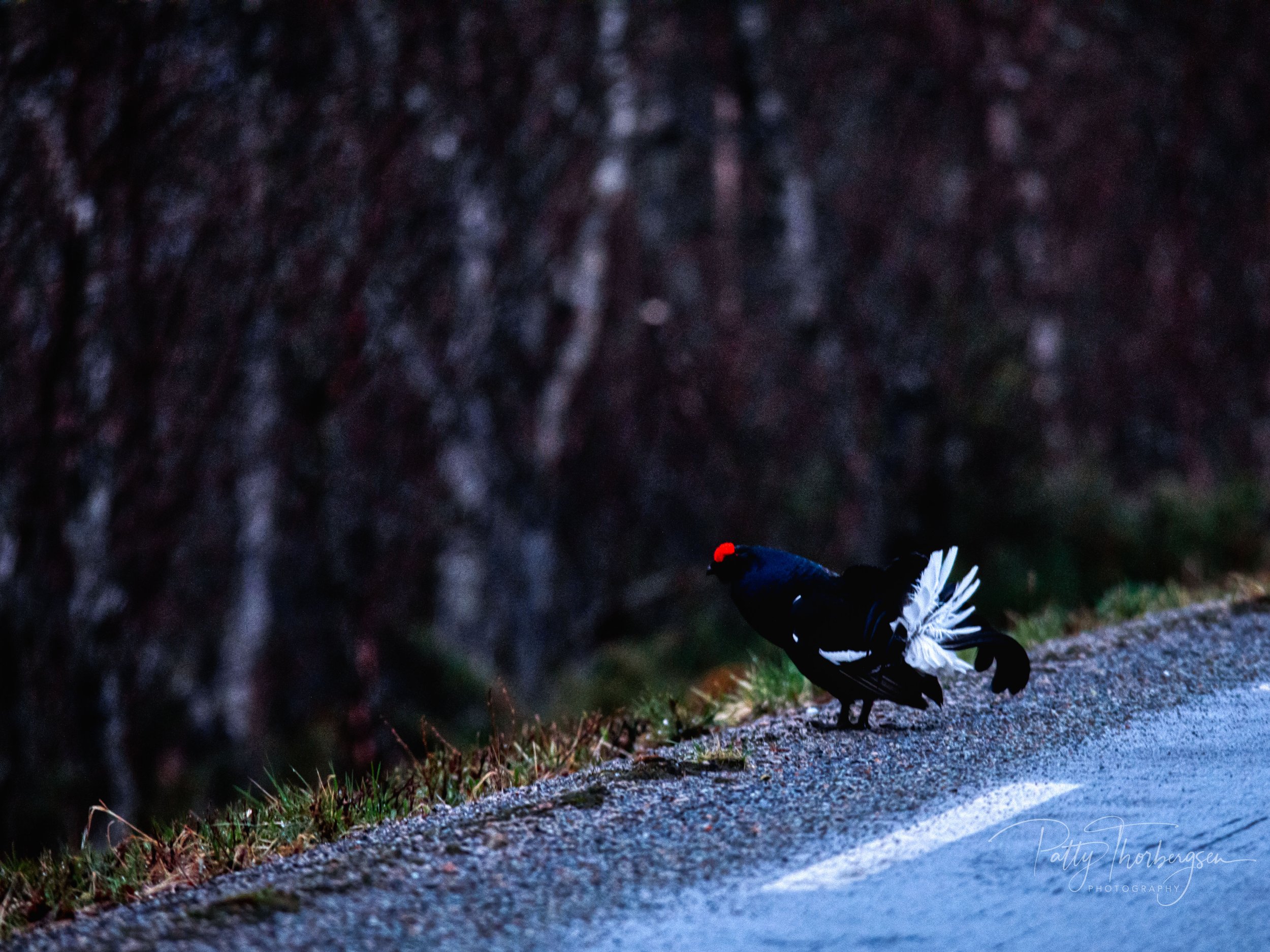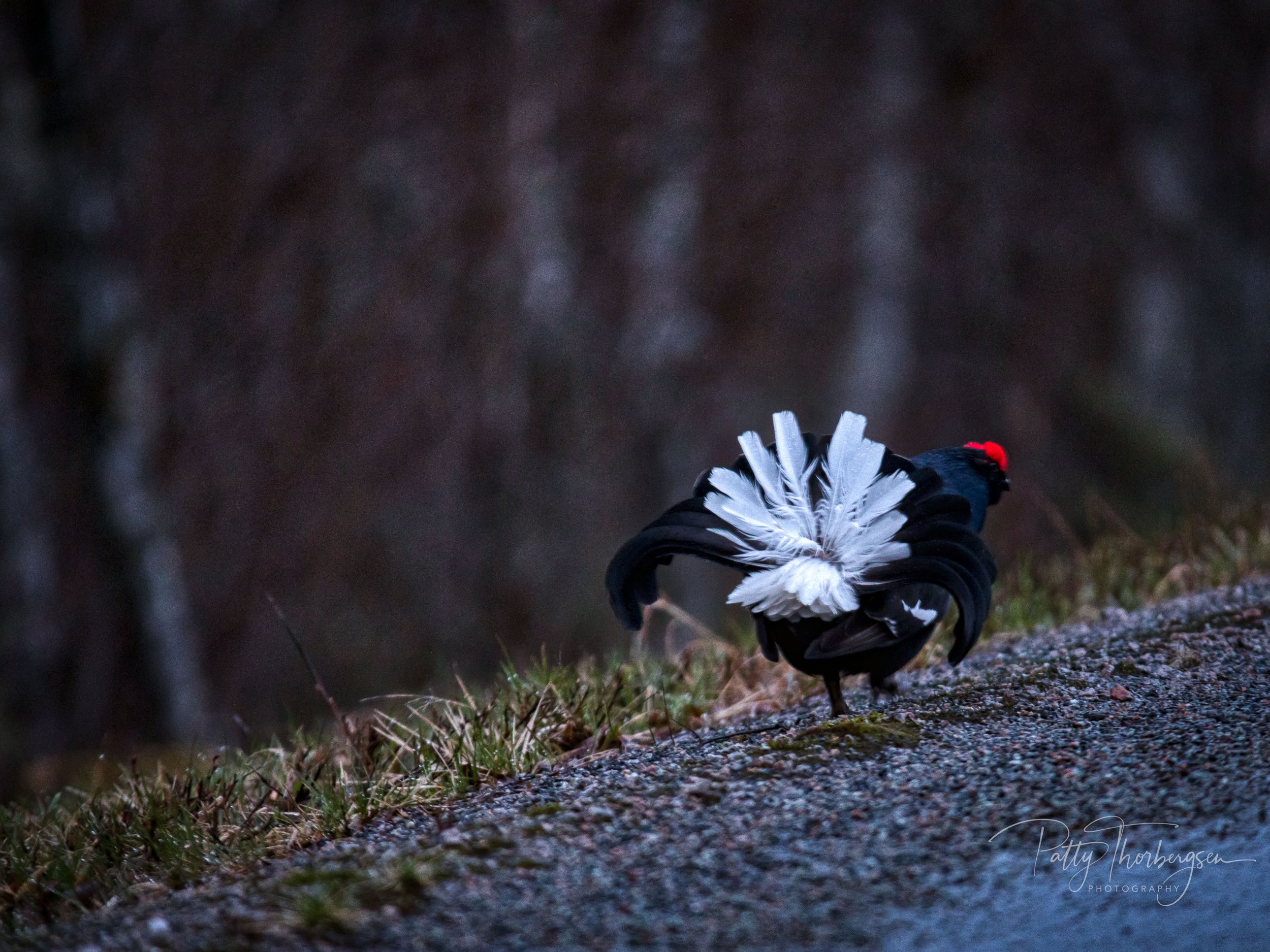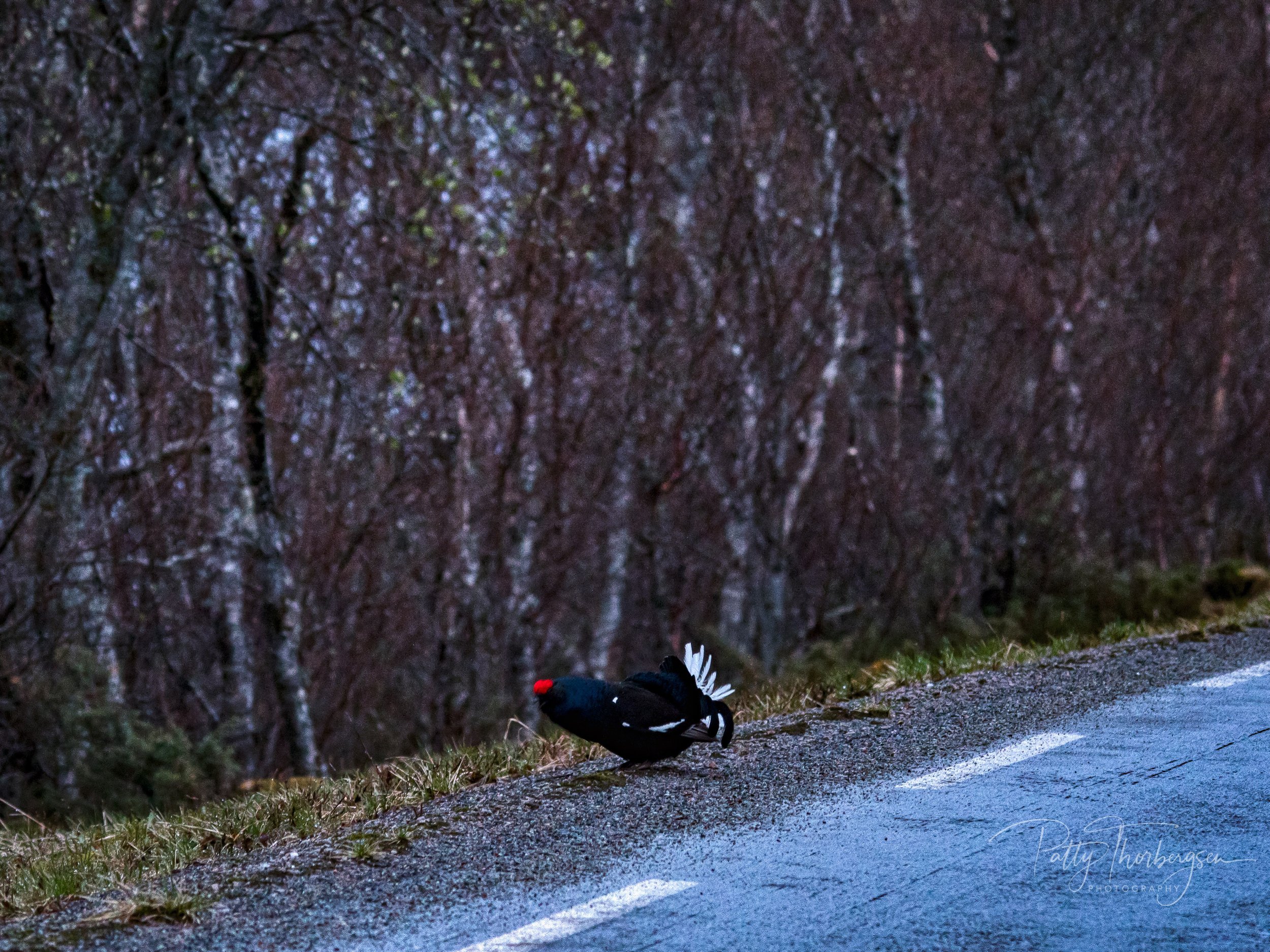The common crane breeds in Europe and across the Palearctic to Siberia. By far the largest breeding populations can be found in Russia, Finland and Sweden. It is a rare breeder in southern and western Europe, with larger numbers breeding in the central and eastern parts of the continent.
The common crane is a large, stately bird and a medium-sized crane. It is 100–130 cm (39–51 in) long with a 180–240 cm (71–94 in) wingspan. The body weight can range from 3 to 6.1 kg (6.6 to 13.4 lb), with the nominate subspecies averaging around 5.4 kg (12 lb) and the eastern subspecies (G. g. lilfordi) averaging 4.6 kg (10 lb). Among standard measurements, the wing chord is 50.7–60.8 cm (20.0–23.9 in) long, the tarsus is 20.1–25.2 cm (7.9–9.9 in) and the exposed culmen is 9.5–11.6 cm (3.7–4.6 in).
Males are slightly heavier and larger than females, with weight showing the largest sexual size dimorphism, followed by wing, central toe, and head length in adults and juveniles.
This species is slate-grey overall. The forehead and lores are blackish with a bare red crown and a white streak extending from behind the eyes to the upper back. The overall colour is darkest on the back and rump and palest on the breast and wings. The primaries, the tips of secondaries, the alula, the tip of the tail, and the edges of upper tail coverts are all black and the greater coverts droop into explosive plumes.
The juvenile has yellowish-brown tips to its body feathers and lacks the drooping wing feathers and the bright neck pattern of the adult, and has a fully feathered crown. Every two years, before migration, the adult common crane undergoes a complete moult, remaining flightless for six weeks, until the new feathers grow.
It has a loud trumpeting call, given in flight and display. The call is piercing and can be heard from a considerable distance. It has a dancing display, leaping with wings uplifted, described in detail below.
All pictures are copyright © Patty Thorbergsen All rights reserved.
To request such permission or for further enquires, please contact: patty@thorbergsen.com
Text & more information : WIKIPEDIA


